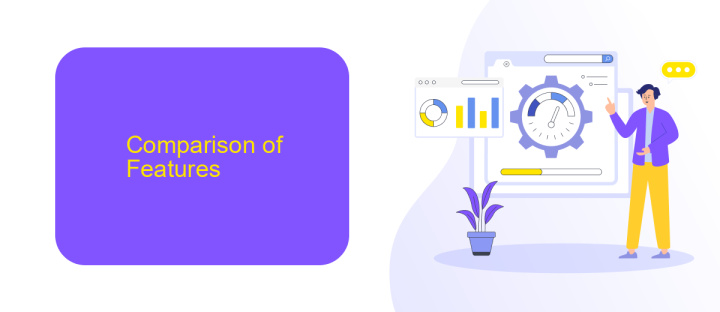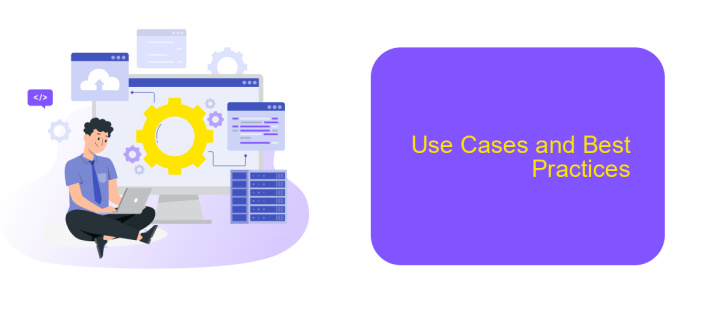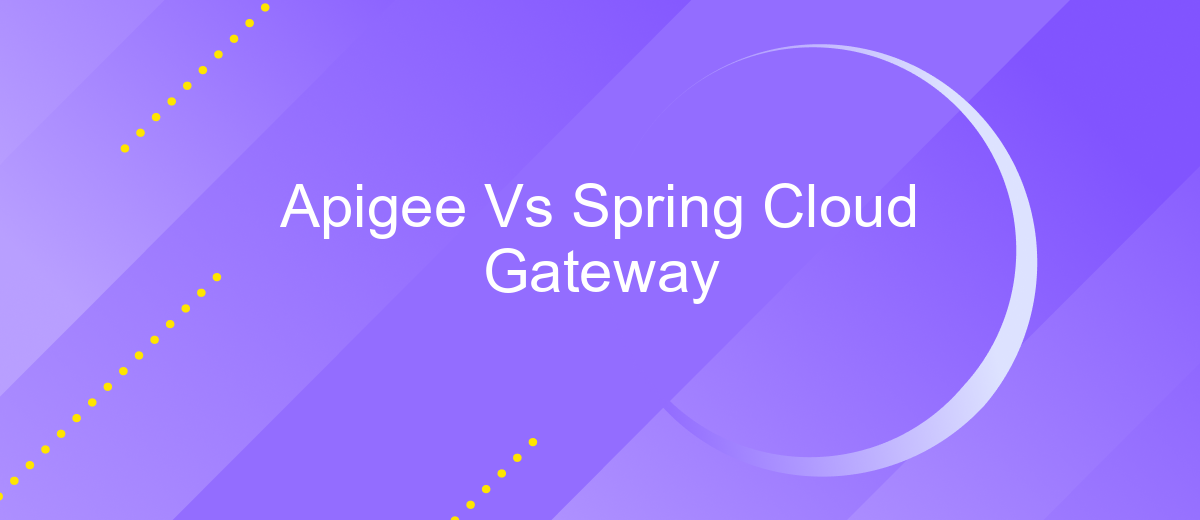Apigee Vs Spring Cloud Gateway
In the rapidly evolving landscape of API management, choosing the right gateway solution is crucial for ensuring optimal performance and scalability. This article delves into a comparative analysis of Apigee and Spring Cloud Gateway, two leading API gateway solutions. By examining their features, strengths, and weaknesses, we aim to provide insights that will help organizations make informed decisions tailored to their specific needs.
Introduction
In the world of microservices and API management, choosing the right gateway solution is crucial for ensuring seamless integration and high performance. Two of the leading options in this domain are Apigee and Spring Cloud Gateway. Both platforms offer robust features, but they cater to different needs and use cases.
- Apigee: A comprehensive API management platform that provides tools for designing, securing, deploying, and monitoring APIs. It is particularly well-suited for large enterprises.
- Spring Cloud Gateway: A lightweight, developer-friendly gateway built on Spring Boot and designed for microservices architectures. It is ideal for applications that require high flexibility and customization.
Understanding the strengths and limitations of each gateway can help organizations make informed decisions. Additionally, services like ApiX-Drive can facilitate the integration process by offering automated workflows and seamless connectivity between various APIs and applications, further enhancing the efficiency and effectiveness of your chosen gateway solution.
Comparison of Features

Apigee and Spring Cloud Gateway are both robust API management solutions, each with distinct features tailored to different needs. Apigee, a Google Cloud product, offers comprehensive API lifecycle management, including design, security, analytics, and monetization. Its advanced security features, such as OAuth, JWT, and API key validation, ensure secure API transactions. Apigee also provides extensive analytics and reporting tools, enabling organizations to monitor API performance and usage patterns effectively.
On the other hand, Spring Cloud Gateway, part of the Spring ecosystem, is designed for microservices architectures. It excels in routing and filtering requests, making it an ideal choice for developers looking to implement quick and efficient API gateways. Spring Cloud Gateway integrates seamlessly with Spring Boot applications, providing a lightweight and flexible solution. Additionally, for those seeking to streamline their integration processes, services like ApiX-Drive can be leveraged to automate data transfer and synchronization between different applications, enhancing the overall efficiency of API management.
Performance and Scalability

When comparing Apigee and Spring Cloud Gateway in terms of performance and scalability, both platforms offer robust solutions, but they cater to different needs and architectures. Apigee, with its cloud-native design, provides high throughput and low latency, making it suitable for large-scale enterprise applications that demand consistent performance. On the other hand, Spring Cloud Gateway is designed for microservices architecture, offering seamless integration with Spring Boot applications and providing a lightweight solution for dynamic routing and load balancing.
- Apigee leverages Google's infrastructure, ensuring high availability and horizontal scalability across multiple regions.
- Spring Cloud Gateway, integrated with the Spring ecosystem, allows for easy scaling within Kubernetes environments.
- Both platforms support API rate limiting, caching, and traffic management to enhance performance.
For businesses looking to streamline their API integrations, services like ApiX-Drive can complement both Apigee and Spring Cloud Gateway by automating data transfer and synchronization between different systems. This additional layer of integration can further optimize performance and scalability, ensuring that APIs function efficiently under varying loads and conditions.
Use Cases and Best Practices

Apigee and Spring Cloud Gateway serve different purposes in the realm of API management and microservices architecture. Apigee is a robust API management solution, ideal for enterprises looking to manage, secure, and analyze their APIs. In contrast, Spring Cloud Gateway is a lightweight gateway tailored for microservices, offering seamless integration with the Spring ecosystem.
When deciding between Apigee and Spring Cloud Gateway, consider the specific use cases and best practices for each platform. Apigee excels in scenarios requiring advanced API analytics, security policies, and developer portal capabilities. It is well-suited for large-scale enterprises needing comprehensive API lifecycle management. Spring Cloud Gateway, on the other hand, is optimal for microservices-based architectures, where lightweight, reactive routing and easy integration with Spring Boot applications are essential.
- Use Apigee for enterprise-level API management, security, and analytics.
- Choose Spring Cloud Gateway for lightweight, reactive microservices routing.
- Leverage ApiX-Drive for seamless integration and automation between various services and APIs.
Incorporating ApiX-Drive can enhance your API integration strategy by automating workflows and connecting disparate systems, thereby improving efficiency and reducing manual effort. Whether you choose Apigee or Spring Cloud Gateway, aligning your choice with your specific needs and best practices will ensure optimal performance and scalability.
Conclusion
In conclusion, both Apigee and Spring Cloud Gateway offer robust API management solutions tailored to different organizational needs. Apigee stands out with its comprehensive features, including advanced analytics, security, and monetization options, making it ideal for enterprises requiring a full-fledged API management platform. On the other hand, Spring Cloud Gateway excels in providing a lightweight, developer-friendly environment that integrates seamlessly with the Spring ecosystem, making it a suitable choice for microservices architectures and agile development teams.
When selecting between these two, it is crucial to consider your specific requirements, such as scalability, ease of integration, and the level of control needed over API traffic. Tools like ApiX-Drive can further enhance your integration capabilities by automating data transfer and streamlining workflows between various applications. Ultimately, the best choice will depend on your organization's unique needs and technological landscape, ensuring that you leverage the right tool to optimize your API management strategy.
- Automate the work of an online store or landing
- Empower through integration
- Don't spend money on programmers and integrators
- Save time by automating routine tasks
FAQ
What is the primary difference between Apigee and Spring Cloud Gateway?
Which tool is more suitable for enterprise-level API management?
Can Apigee and Spring Cloud Gateway be used together?
How do these tools handle security?
What are the integration options for Apigee and Spring Cloud Gateway?
Apix-Drive is a universal tool that will quickly streamline any workflow, freeing you from routine and possible financial losses. Try ApiX-Drive in action and see how useful it is for you personally. In the meantime, when you are setting up connections between systems, think about where you are investing your free time, because now you will have much more of it.


